Marketing and Sales
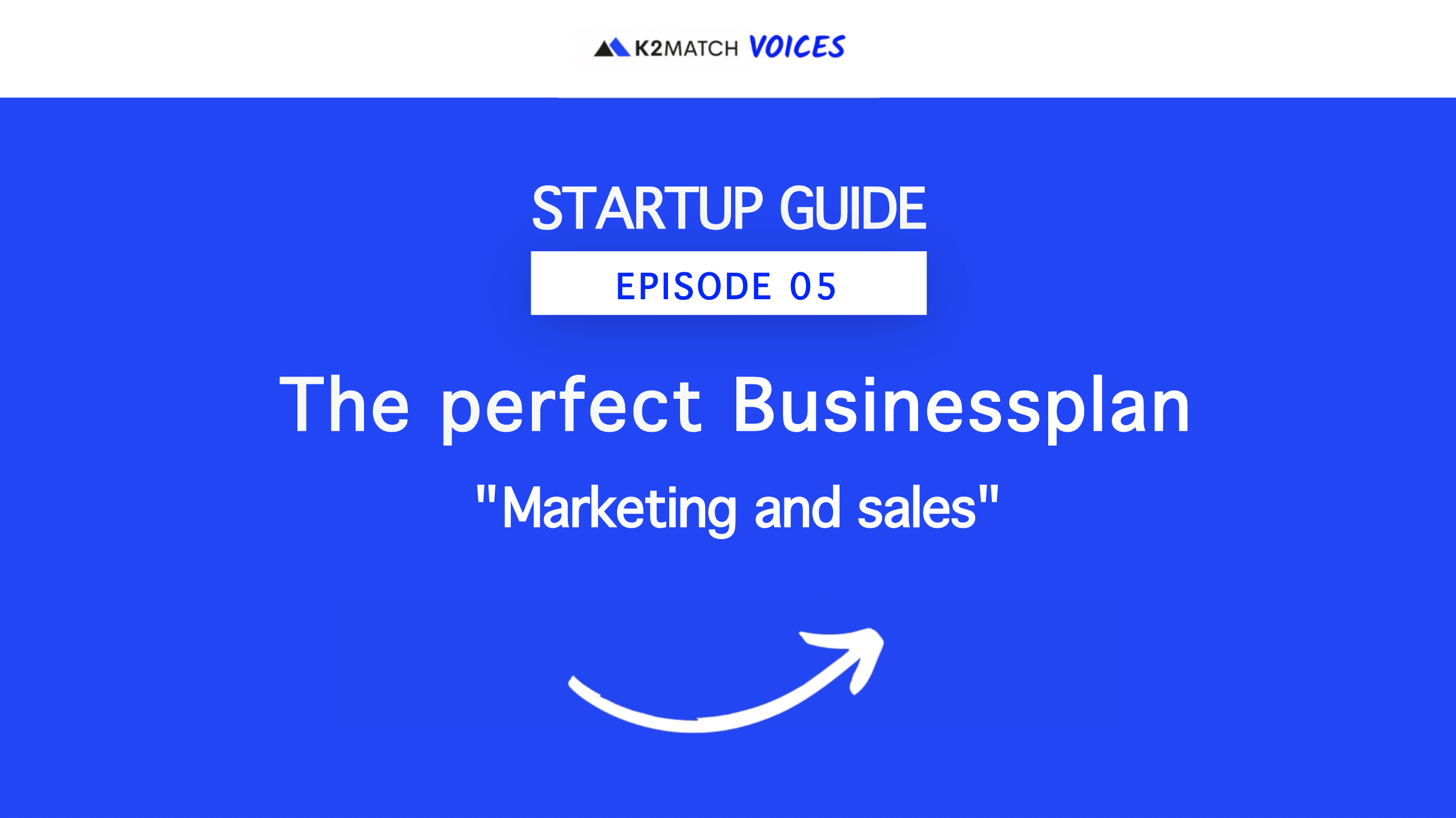
Being now at this point, you have already planned some points of marketing according to the classical academical approach: The product/service is defined, you have performed a market and competition analysis, you have developed your business model and presented your revenue model. Don’t be confused by the terminology. The business plan is structured according to different requirements than a classical marketing concept. This chapter is to show your price calculation as well as your marketing, sales channels, and communication measures. In addition, you can explain to your financial or business partners how you plan to enter the market with your product/service.
Price, distribution channels and marketing measures are seen in direct connection with your market and competition analysis. At this point, the question of planned marketing is about much more than just advertising. The entire marketing must fit the product/ service.
Describe the typical sales process as you would expect it. Compare this with the processes of the competition, if applicable, and outline how sales and any other measures will be taken to exploit the identified market potential. Give a high importance to these topics and do not underestimate the amount of work involved. Your strategy for the sales concept, the planned communication measures and the market entry should be presented in detail. All planned expenses must be reflected in the subsequent financial planning.
Price
The development of the sales concept also includes the appropriate pricing. Justify your prices with regard to your target group and their purchasing power. Orientate yourself on the prices of comparable products or services that are already on the market. If you sell to retailers also take into account, their trade margin with regard to the final selling price. Make your prices transparent and derive them plausibly. Thereby give the reader the impression that your calculation is not based on a gut feeling but on concrete considerations and calculations. Remember that your end customers have to pay gross prices (net price plus sales tax), while you have to plan with the net price.
Questions to be answered in this chapter:
- With which price (net/gross) do you want to position yourself on the market? What price will you charge for your product/service for each target customer group and distribution channel? Derive the price for your product/service (price calculation).
- What is the goal of your pricing strategy?
- Is your pricing aligned with your target group?
- What criteria do you use to determine the final selling price? (profit margin, sales volume)?
- Are there special conditions such as discounts, payment terms, etc.?
- What is the price development?
- Name your retail margin per sales channel and product/service.
Sales Strategy and Concept
You can still have such a great product/service: But you have to "get it to the customer". If you don't sell anything, your company has failed before it has started. Different products for different target groups require individual considerations. The sales concept presents the sales process in detail, the sales channels and takes into account the costs incurred. Specify here the planning of your sales department: How will it be equipped in terms of personnel, equipment and space? Describe the structure of your selling. What are the requirements, number, qualification and motivation of your sales staff?
If, for example, you offer cheap products in large quantities, check whether distribution via wholesalers would make sense. Which distribution channels do you want to use? The most important thing is how you can best reach your target group.
How do you want to communicate the added value of your product to decision-makers? Are you aiming for a high recognition/awareness effect or the spontaneous connection of your product/service with a great customer benefit?
Questions to be answered in this chapter:
- Who exactly is your customer? Who is involved in the buying process of your customer? Try to describe a "typical customer" (personas). What payment policy (down payments/ partial payments/ payment terms) do you set? Why? Take this into account in your financial planning!
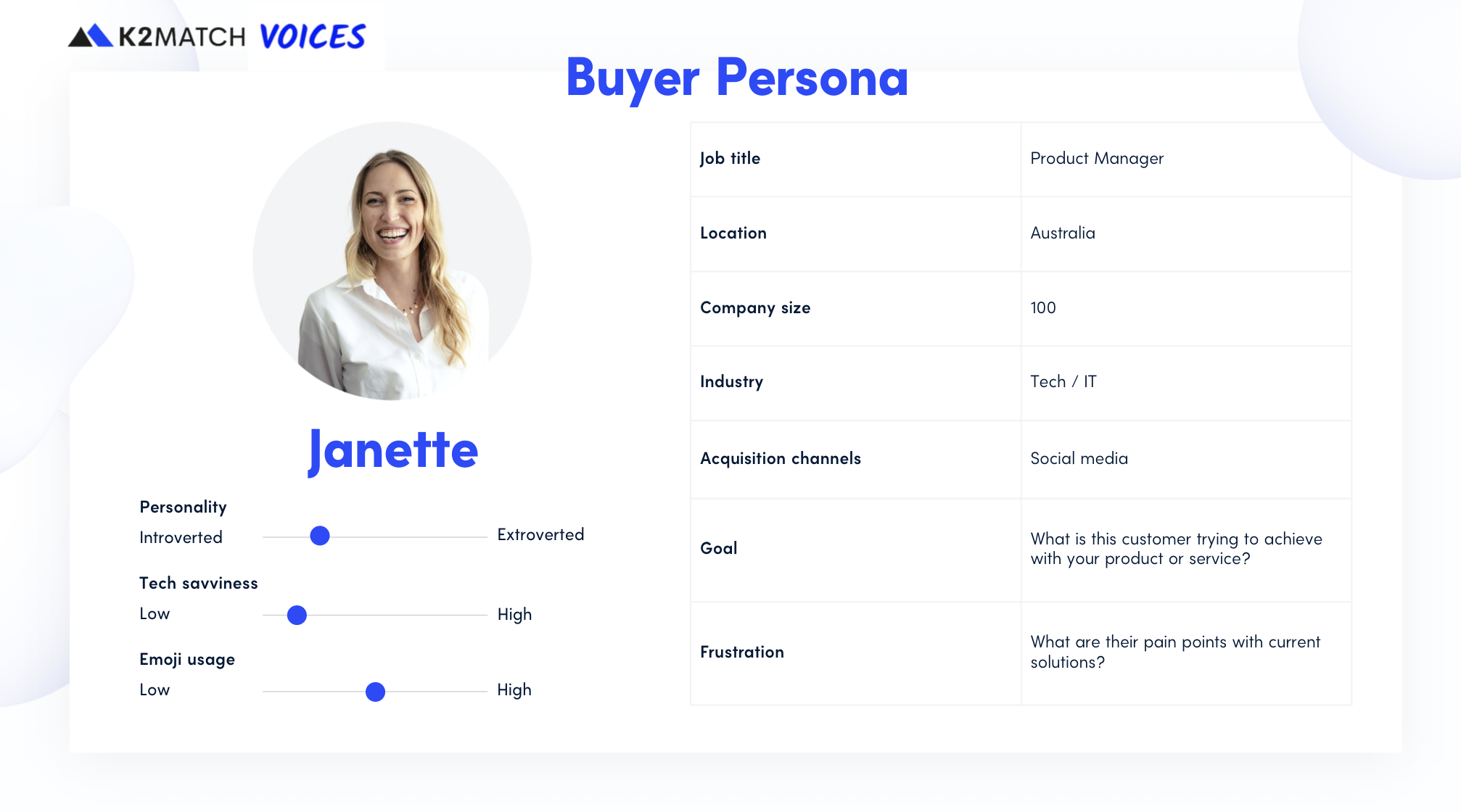
- What are the sales channels through which you want to offer your product/service? Which target groups do you reach through which sales channels?
- How do you build up your distribution? What is the typical process of product/service sales? How do you ensure the quality of sales? What expenses do you plan for this?
- What sales volumes and turnover figures do you expect in the first three years?
Communication strategy and measures
The choice of your communication measures depends on the sales structure you have chosen and the image that you want to convey in the long term. To reach your target group at the point of sale, you should think about what the goal of your communication is. Then decide which mix of measures consisting of classic advertising (e.g., ads, radio spots, Google AdWords, etc.), press, and public relations and sales promotion (e.g. sales stands, eye-catching packaging) is ideal for you and your product/service. Your business equipment (business cards, Internet presence, logo, etc.) are also part of this planning. Give yourself and your readers an overview of your planned measures and summarize them including the resulting costs in a summary table.
Questions to be answered in this chapter:
- Are there brands / brand name under which you want to sell your product(s)/service(s)?
- What communication measures are you planning? What messages do you want to communicate?
- How do you draw the attention of the target customer groups to your offer? With which measures do you take to win new customers? How do you retain your customers in the long term?
- What are the costs for PR and marketing over time? How much does it to win new customers? How much do customer retention measures cost?
- Draw up a detailed time and cost plan for your marketing activities, if possible on a monthly basis (marketing plan).
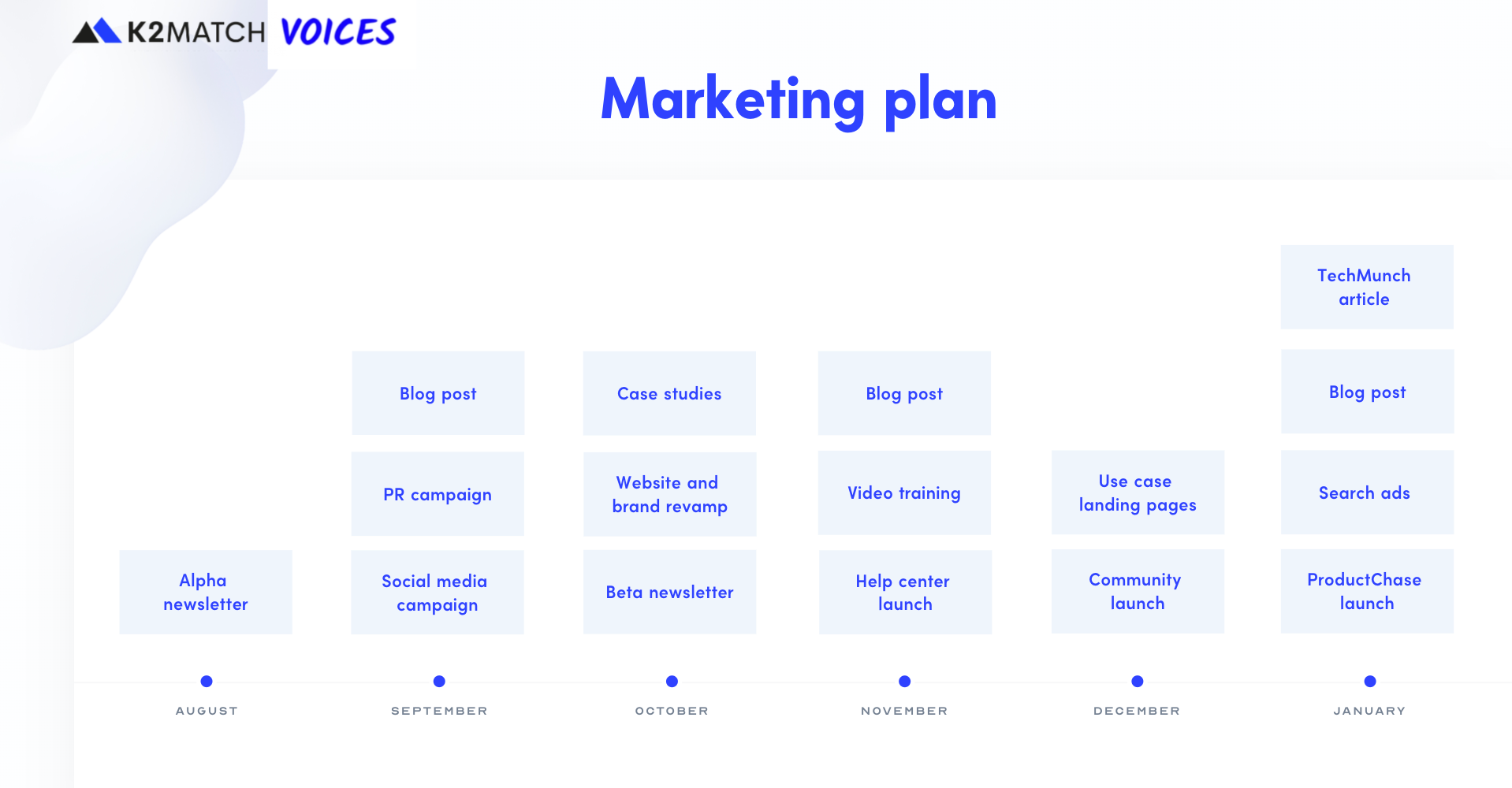
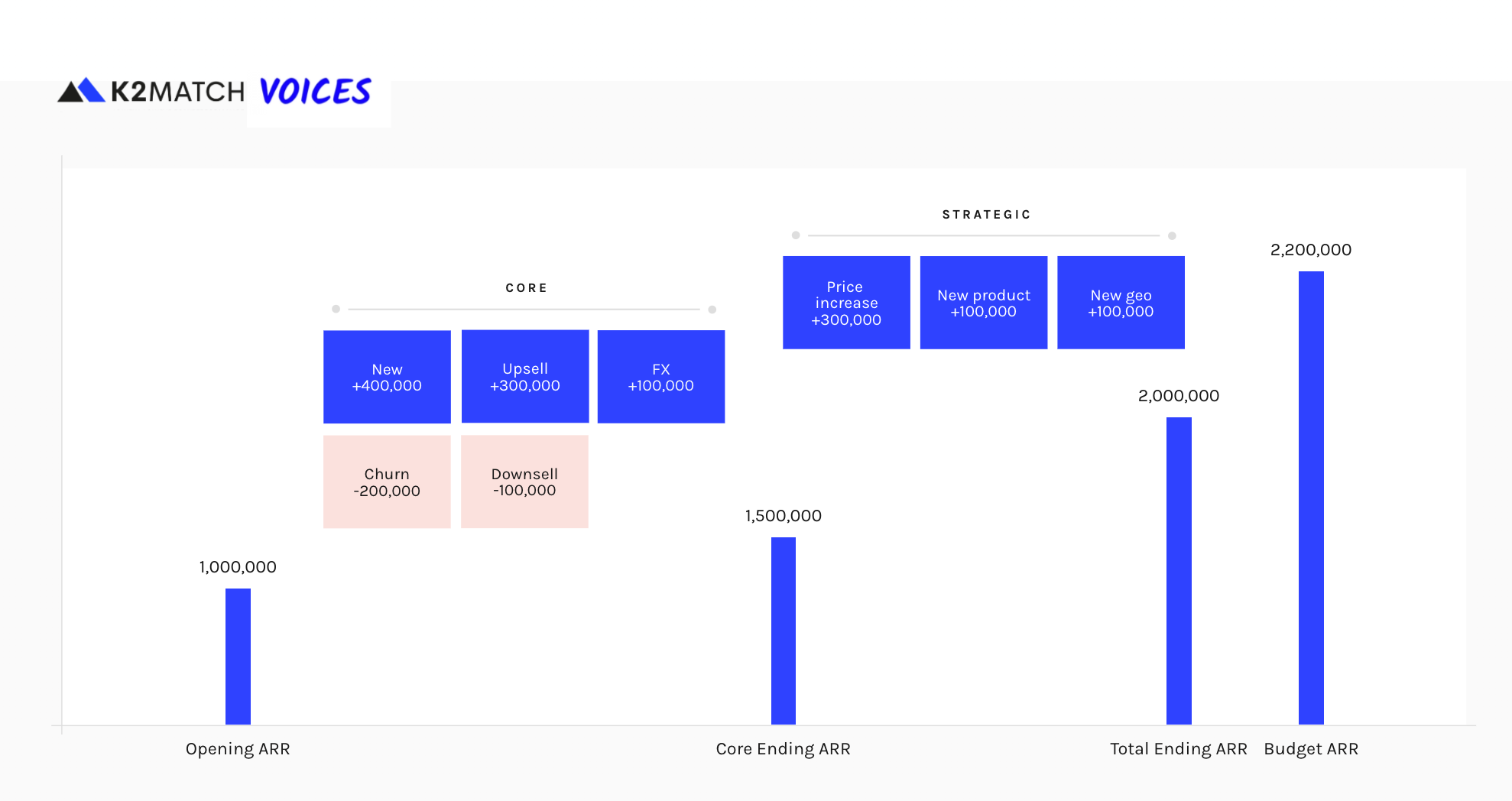
Market entry strategy
The market entry strategy is listed separately since new products or services are often introduced to the market with special measures. Important decisions must be made: Whether you use advertising campaigns to raise your profile - for which you often need a large budget - or whether there are other ways. Working with pilot customers has proven successful here.
The individual measures of the market entry strategy are for the most part one-time steps. Therefore, think carefully about whether the costs can be financed through your current marketing budget or whether you will cover them through start-up investments.
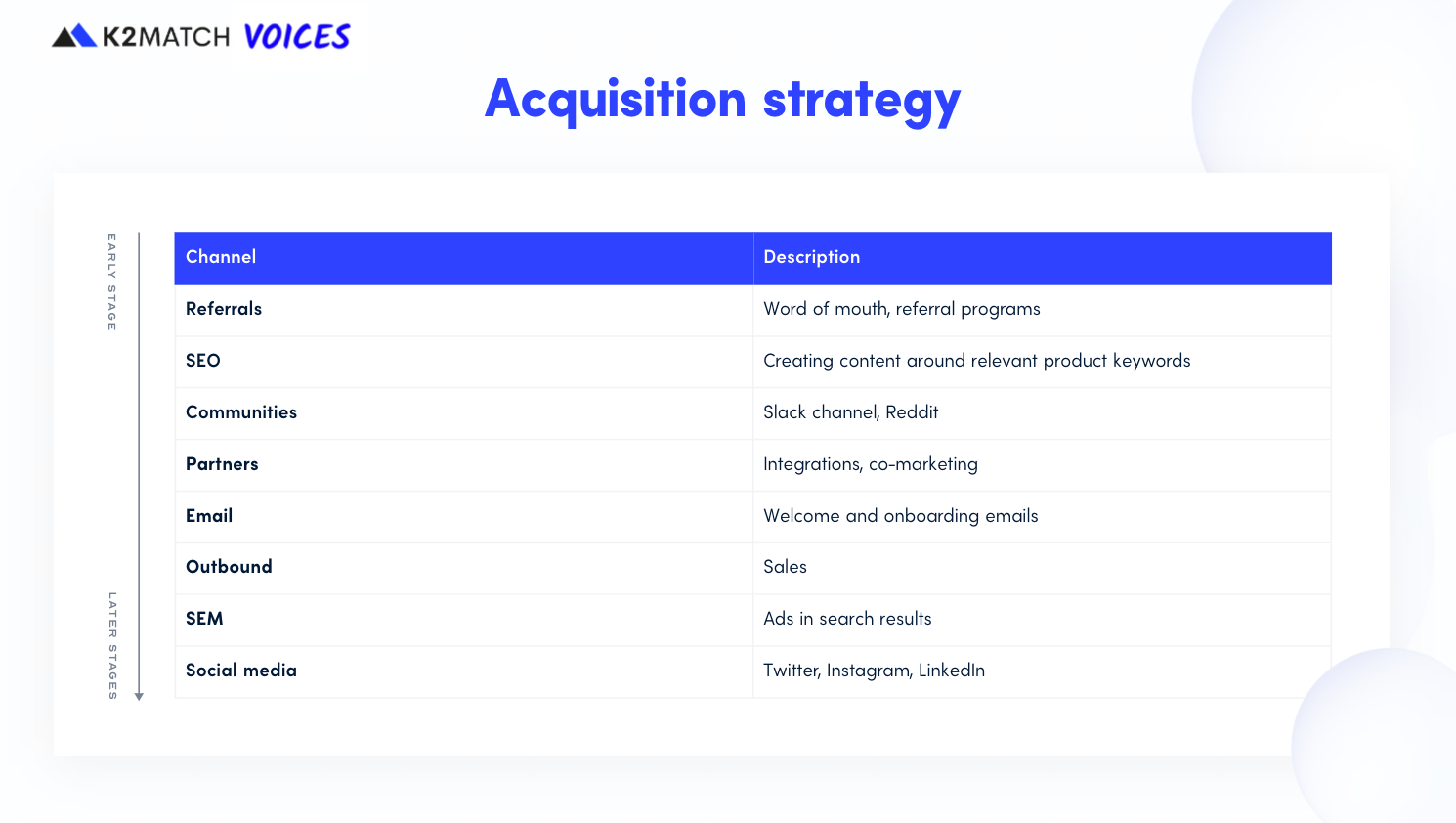
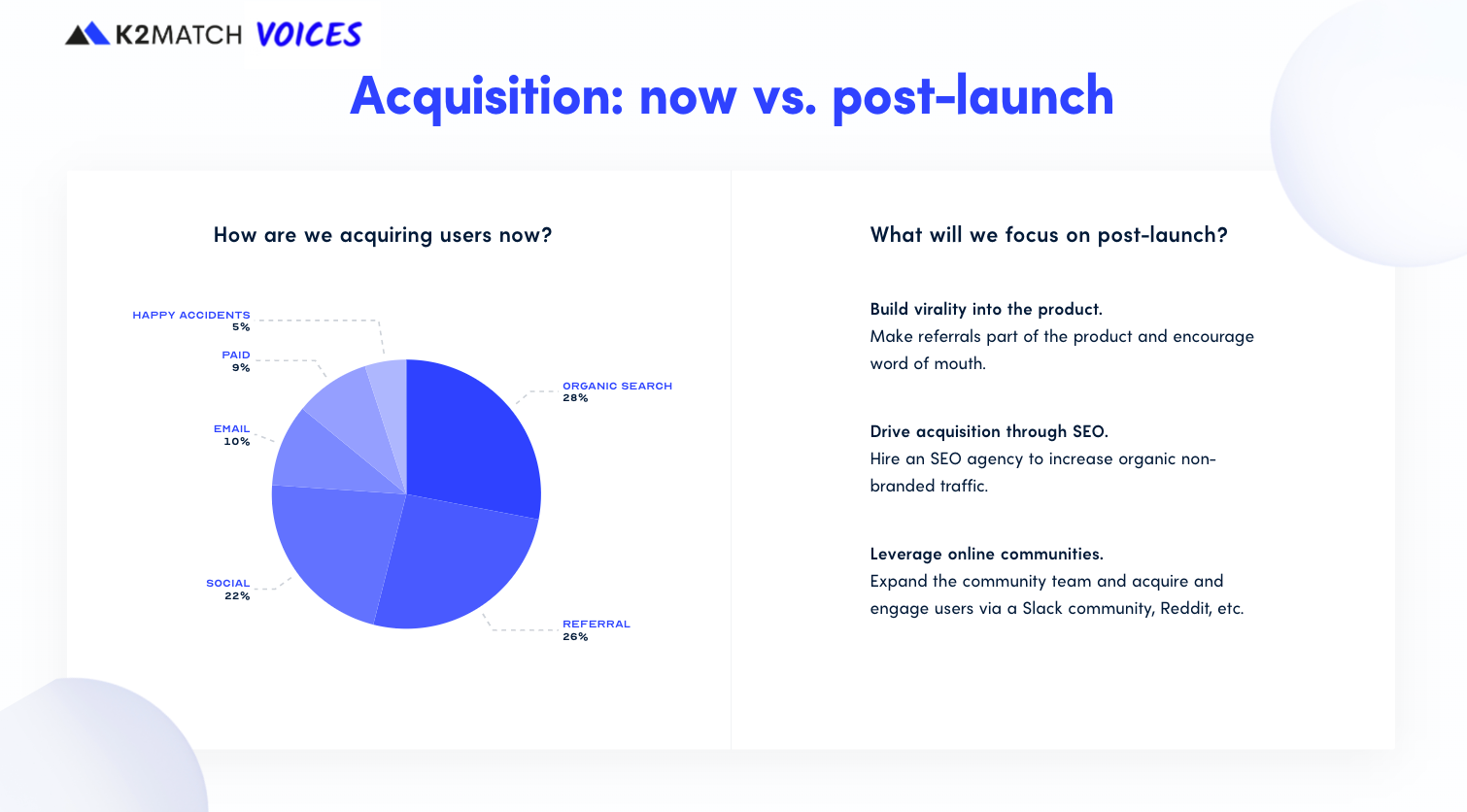
Questions to be answered in this chapter:
- Which customer references do you already have or do you want to acquire? In which regions/countries are you planning to enter the market? Explain advantages and disadvantages of this.
- What steps do you plan to take to introduce your product/service offering? What additional expenses will be incurred when introducing the product/service?
- Which special advertising measures do you use for your market entry? (e.g. discount campaigns, coupons, etc.) What sales reductions and costs do you expect and in what amount?
- How long will the market entry phase take (see milestone planning)? Draw up a schedule with the most important measures for your market entry.
The Article was provided by K2MATCH and inspired bei NUK

